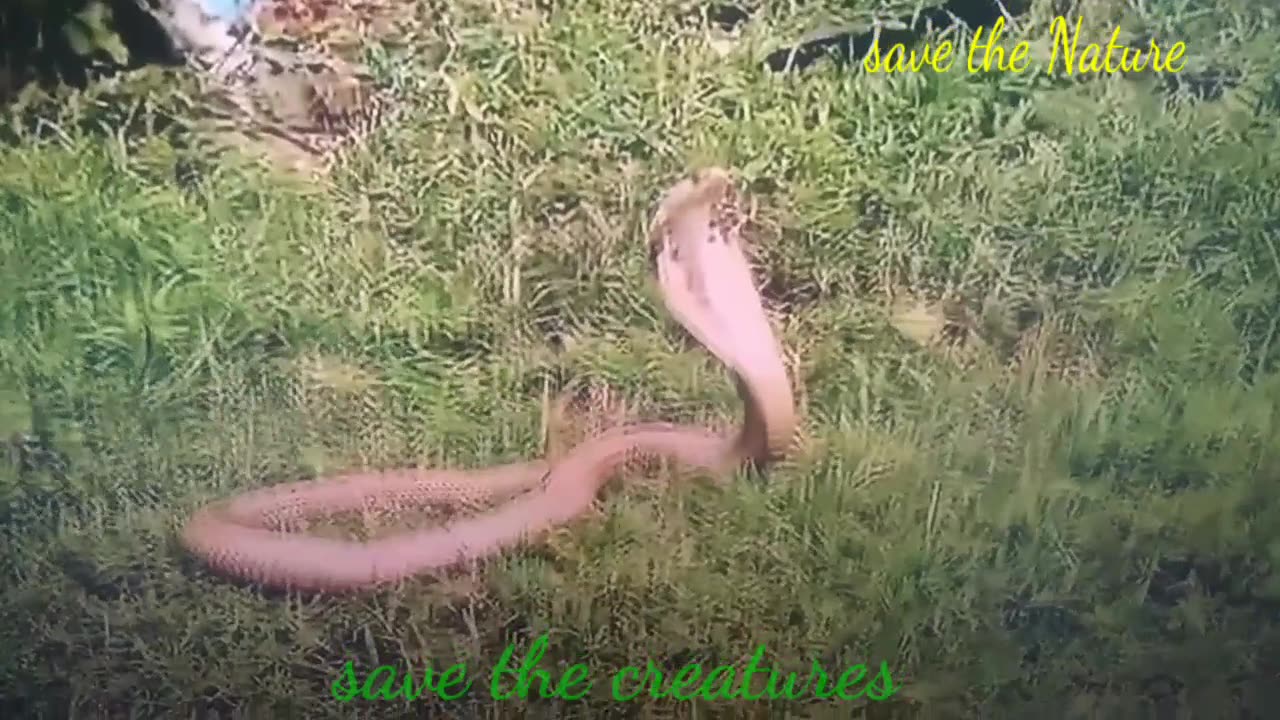Premium Only Content

save snacks save nature
The term "wild lifestyle in forests" typically refers to the way animals and other organisms live and interact in their natural forest habitats, free from human intervention or domestication. Forests are complex ecosystems that provide a wide range of resources and support a diverse array of life forms. Here are some aspects of the wild lifestyle in forests:
1. Biodiversity: Forests are incredibly diverse environments, housing an extensive variety of plant and animal species. These ecosystems are home to countless species of trees, shrubs, insects, birds, mammals, amphibians, and reptiles, all interconnected in intricate ecological relationships.
2. Habitat diversity: Forests offer a wide range of habitats, including canopy layers, understory, forest floor, and various microhabitats. Each habitat supports different species with specific adaptations to their environment.
3. Foraging and hunting: Wild animals in forests rely on their natural instincts and adaptations to find food and water. Predators hunt for prey, herbivores graze on vegetation, and scavengers consume decaying organic matter.
4. Reproduction and parenting: Forest-dwelling animals have their unique strategies for reproduction and parenting. Some species build nests or dens to protect their young, while others give birth in hidden locations.
5. Territorial behavior: Many animals in forests exhibit territorial behavior to establish and defend their living spaces and resources, such as food, mates, and shelter.
6. Migration and seasonal patterns: Some forest-dwelling species undertake long-distance migrations to find better resources or escape harsh conditions. Many organisms also follow seasonal patterns in activities like breeding and hibernation.
7. Interactions and symbiosis: Forests are ecosystems where different species interact with each other in complex ways, forming symbiotic relationships like mutualism, commensalism, and parasitism.
8. Survival skills: Wild animals in forests must develop various survival skills, including camouflage, evasion, communication, and adaptation to changing environmental conditions.
It's important to note that the wild lifestyle in forests is constantly influenced by factors such as climate, availability of resources, and interactions with other species. Additionally, human activities like deforestation, habitat destruction, and pollution can significantly impact the delicate balance of life in these ecosystems. Preserving and protecting forests and their inhabitants is vital for maintaining the richness of the wild lifestyle in these natural habitats.
-
 LIVE
LIVE
SLS - Street League Skateboarding
18 days agoSLS Paris 2025 🛹 | OCTOBER 11, 2025
3,058 watching -
 1:33:51
1:33:51
Steve-O's Wild Ride! Podcast
16 days ago $3.51 earnedJohn C. Reilly's Surprising Connection To Jackass (And Beef With Weeman!)
71.9K18 -
 LIVE
LIVE
Total Horse Channel
6 hours agoLow Roller Reining Classic | Main Arena | October 11th, 2025
401 watching -
 56:25
56:25
MentourPilot
1 year agoTITANIC of the Skies! - The Untold Story of Air France 447
10.3K4 -
 LIVE
LIVE
Lofi Girl
2 years agoSynthwave Radio 🌌 - beats to chill/game to
300 watching -
 2:07:47
2:07:47
LFA TV
14 hours agoTHE RUMBLE RUNDOWN LIVE @9AM EST
55.4K4 -
 LIVE
LIVE
I_Came_With_Fire_Podcast
9 hours agoThe Pattern Beneath the World: Nature, The Mark of the Beast, & the Sacred Order
232 watching -
![Mr & Mrs X - [DS] Antifa Are Planning An Insurrection,Trump Has Prepared The Counterinsurgency-EP 11](https://1a-1791.com/video/fwe2/6b/s8/1/k/3/R/p/k3Rpz.0kob-small-Mr-and-Mrs-X-DS-Antifa-Are-.jpg) 49:56
49:56
X22 Report
4 hours agoMr & Mrs X - [DS] Antifa Are Planning An Insurrection,Trump Has Prepared The Counterinsurgency-EP 11
33K32 -
 1:08:57
1:08:57
Wendy Bell Radio
8 hours agoPet Talk With The Pet Doc
24K26 -
 8:47
8:47
Demons Row
2 days ago $1.26 earnedI Spent $50,000 Building My Dream Harley-Davidson 😳💀 (Learn From My Mistakes)
28.9K8